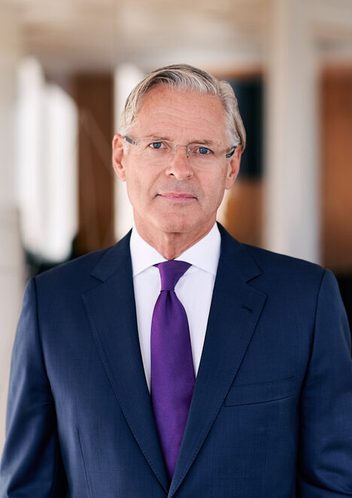
Kaare M. Risung
Partner
Oslo
Newsletter
by Sigurd Fjærtoft-Andersen
Published:
The Norwegian Parliament has enacted a new law amending the Broadcasting Act ("the Act", Nw: Kringkastingsloven) which, among several other provisions, introduces a material new obligation on streaming platforms to prioritize the production of content with Norwegian origin and connection.
The amendment of the Act (the "Amendment") implements changes to the Norwegian Act on Broadcasting and Audiovisual On-Demand Services and was sanctioned on 22 March 2025.
The Amendment introduces a new Section 2-22, which imposes an obligation on providers of audiovisual services in Norway to invest in Norwegian-language audiovisual works (the "Investment Obligation"). The law stipulates that "Providers of audiovisual on-demand services are obliged to invest directly in Norwegian audiovisual works an amount equivalent to at least 4 percent of their annual Revenue. This obligation also applies to providers of audiovisual on-demand services established in other EEA countries that offer such services targeted at a Norwegian audience." The law further clarifies that "Revenue" is to be understood as the service provider’s gross revenue in Norway from the audiovisual on-demand service, excluding VAT but including, among other things, revenue from subscriptions, advertising, sponsorship, and product placement.
The Investment Obligation applies to providers of "audiovisual on-demand services." This term is defined in Section 1-1(d) and covers "a service offered by a service provider where the primary purpose is to provide image programs that can be viewed at a time of the viewer's choosing and upon their request from a program catalog, and which are distributed to the public via electronic communications networks."
Thus, the wording of Section 2-22 implies that all providers of audiovisual on-demand services, both Norwegian providers and those from other EEA countries targeting a Norwegian audience, are required to invest 4 percent of their gross Revenue in/from Norway directly into Norwegian audiovisual works. However, the Investment Obligation does not apply to:
"(i) Norsk Rikskringkasting AS;
(ii) service providers with annual revenues of less than two million euros or with a market share of less than one percent of the Norwegian market; or
(iii) service providers that do not offer feature films, documentaries, drama series, or documentary series."
Overall, only service providers with a certain level of Revenue and attention from the Norwegian market will be subject to the Investment Obligation. The exception for providers that do not offer films, documentaries, drama series, or documentary series suggests that the Investment Obligation does not apply to platforms that solely provide live streaming of events. Practically speaking, the Investment Obligation appears to be primarily aimed at traditional streaming services, such as Netflix, Amazon Prime, Viaplay, and similar services.
A significant nuance to the Investment Obligation is provided in Section 2-22, paragraph three, which states that "If a provider [..] invests more in a fiscal year than the obligation under the first paragraph, the excess investment may be counted in one or both of the following two fiscal years". This means that if a provider produces a major Norwegian production one year, which exceeds 4% of its gross Revenue in/from Norway, the excess investment can be spread over, and included in, the investment calculation for up to two subsequent years.
The contents of the requirements "direct investments" and "Norwegian audiovisual works" are further regulated in Section 2-23.
"Direct Investments"
The wording of Section 2-23 stipulates that "direct investments" are "investments in production, purchase of viewing rights, and similar in Norwegian audiovisual works." It further clarifies that "the purchase of viewing rights only applies if the work is no older than three years." The time limitation on the purchase of viewing rights indicates that the Investment Obligation aims to contribute to the production and exposure of new Norwegian audiovisual works. This suggests that the Investment Obligation should encourage the creation and promotion of new Norwegian content, contributing to the development and increased exposure of such content.
"Norwegian Audiovisual Works"
Additionally, the wording of Section 2-23 specifies that for a provider’s investment to fall under the definition of "Norwegian audiovisual works", the work in question must meet at least three of the following four criteria:
"(i) The script or other literary basis for the work must be originally written in Norwegian, Sami languages, or the national minority languages Kven, Romani, and Romani Chib;
(ii) The main theme must be related to Norwegian history, culture, or societal conditions;
(iii) The plot must take place in Norway or another EEA country; or
(iv) The work must have a substantial contribution from creators or performing artists based in Norway or another EEA country."
The criteria for determining whether an audiovisual work qualifies as "Norwegian" appears to be quite extensive. Therefore, it is reasonable to assume that productions created under the Investment Obligation will have a significant Norwegian character, although there is no absolute requirement for the production to be made in Norwegian or the plot to take place in Norway.
Furthermore, a Norwegian audiovisual work must also be produced by a producer who meets the following requirements:
"(i) The producer is an audiovisual production company established in Norway or another EEA country, has audiovisual production as its main purpose, does not have public authorities as its main owner, and does not have substantial business ties to the primary viewing platform for the project;
(ii) The company must be organized as a limited liability company and be registered in the Norwegian business register;
(iii) Key personnel in the project must have significant professional experience in their field."
Thus, the requirement for investments to be made in "Norwegian" audiovisual works includes content-related requirements, as well as requirements concerning who produces the work and how it is produced. The practical consequence of the Investment Obligation will likely be that more Norwegian content will be produced and heavier investments will be made in Norwegian producers. The requirement that the producer shall not have substantial business relations to the primary viewing platform for the project, i.e. the streaming platform, should be good news for independent Norwegian producers moving forward, as large streaming platforms will not be able to utilize their own internal business relationships to comply with the Investment Obligation.
It is currently difficult to predict the visual and content-related impact the Investment Obligation will have on the content exposed to the average user of various streaming services. It remains to be seen whether we will witness a highly increased volume of Norwegian content created by Norwegian producers in the future. Failure to comply with the Investment Obligation will, however, carry a risk that the Norwegian Media Authority (Nw: Medietilsynet) may impose a punitive fine on streaming platforms that do not comply. Will this be a headache for streaming platforms, a joy for Norwegian platform users, or perhaps both?

Partner
Oslo
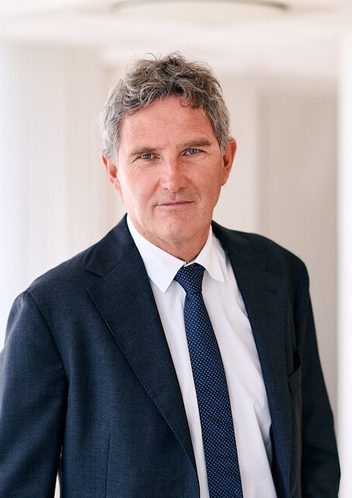
Partner
Oslo

Partner
Oslo

Partner
Oslo
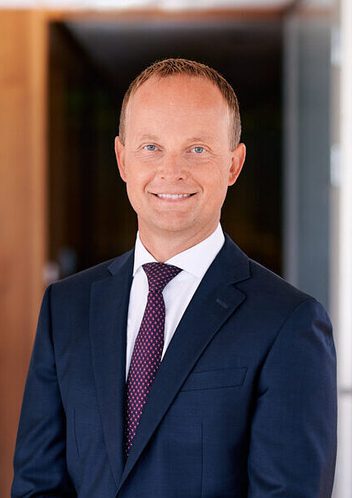
Partner
Oslo

Partner
Oslo
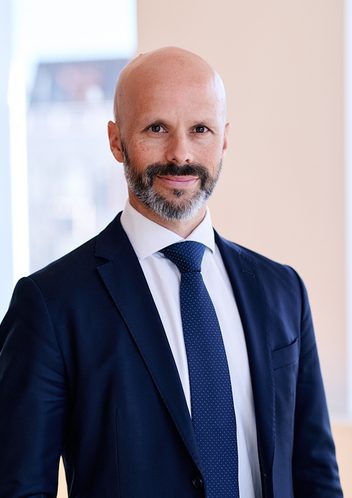
Partner
Oslo

Managing Associate - Qualified as EEA lawyer
Oslo
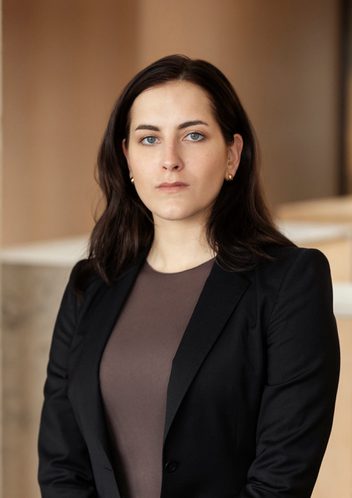
Senior Lawyer
Stockholm

Senior Associate
Oslo
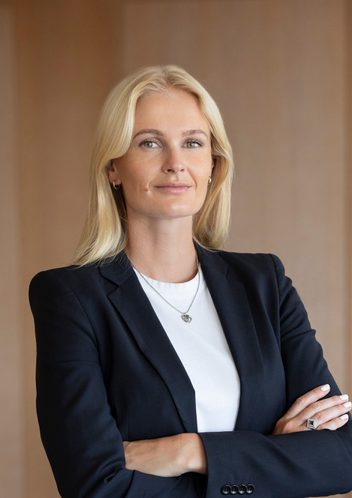
Senior Lawyer
Stockholm

Senior Associate
Oslo
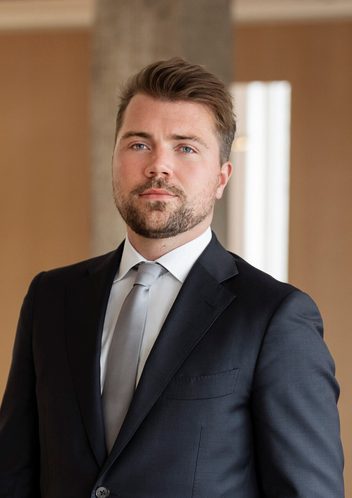
Associate
Stockholm

Associate
Oslo
